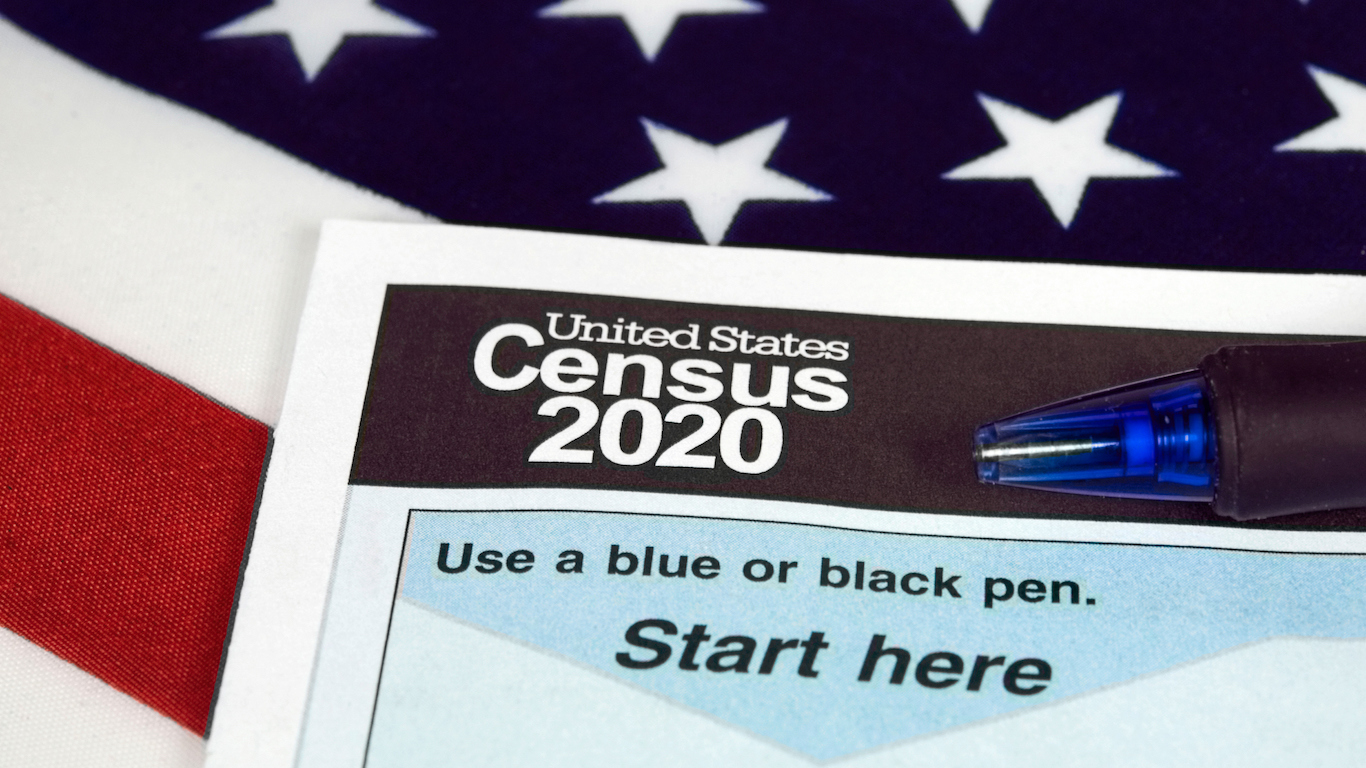
The U.S. Census Bureau celebrates its birthday on August 2. It was 228 years ago, in 1790, that Congress, then in its second year, assigned 350 marshals the responsibility of counting the less than 4 million Americans across the young Union’s 13 states and additional territories.
Every decade since then, the Census Bureau has sought to count and learn about every person living in the United States, and its importance cannot be overstated. Census figures are used to determine congressional representation, federal funding, social and economic planning, and more. While it might seem like an annoyance for some people, an accurate census count determines whether they are represented and supported by their government.
The size of the undertaking, as well as the technology and workforce used to collect this information has changed over time — hand counting was replaced by punch card machines, then basic computers. Today, the Census is finally starting to move to a fully digital system, and is encouraging respondents this year to submit questions online.
Racial and ethnic definitions, for example, are still improving to this day to include marginalized parts of the population. Most non-white and immigrant groups have fallen into the category of “Other” for most of the history of the Census.
24/7 Wall St. reviewed historical information regarding the U.S. Census from the bureau’s site as well as other sources, including an interview with former Census director Vincent Barabba, to collect some important facts on the institution and the decennial Census.
Click here to see 25 surprising facts about the U.S. Census
Click here to see our detailed findings
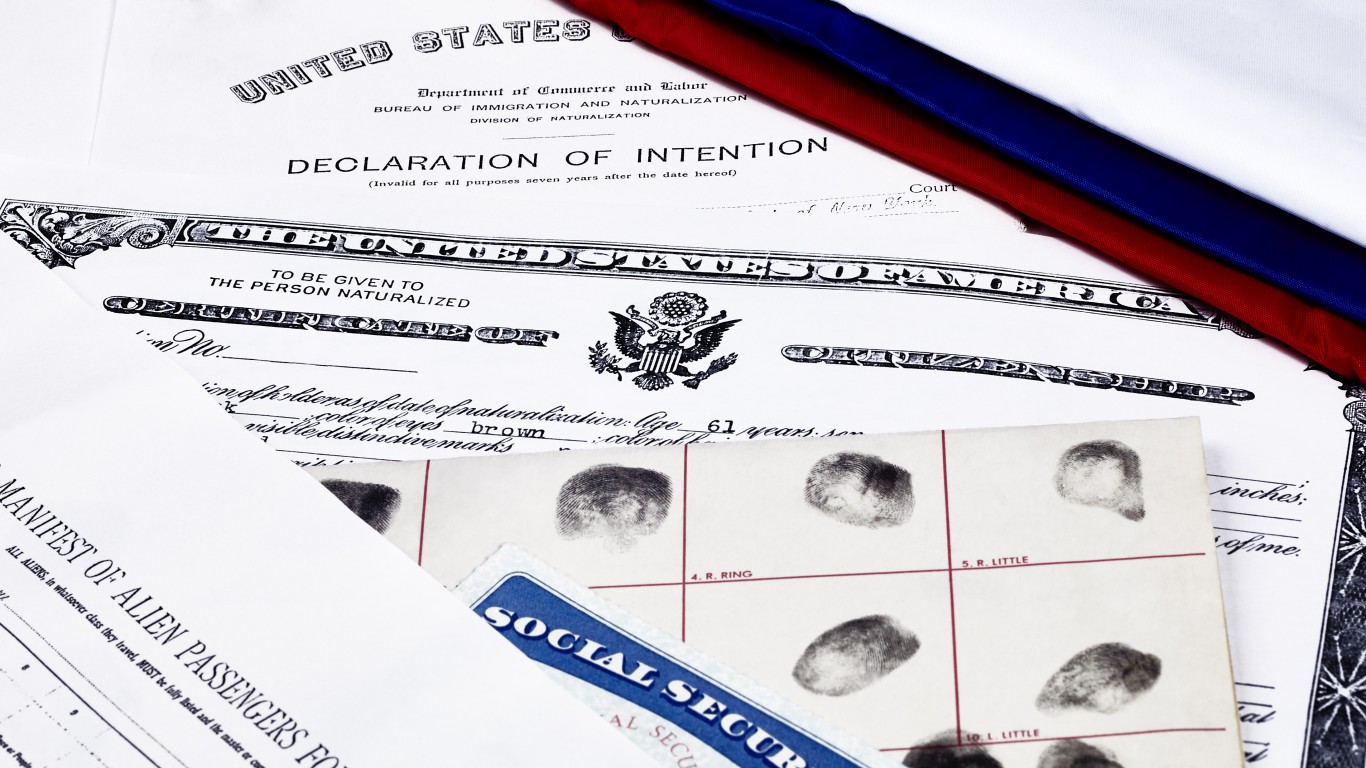
1. The 2020 Census may include a citizenship question.
[in-text-ad]

2. There has been no citizenship question since 1950.

3. Census workers swear an oath to keep information secret. The penalty is up to 5 years in prison or a $250,000 fine.
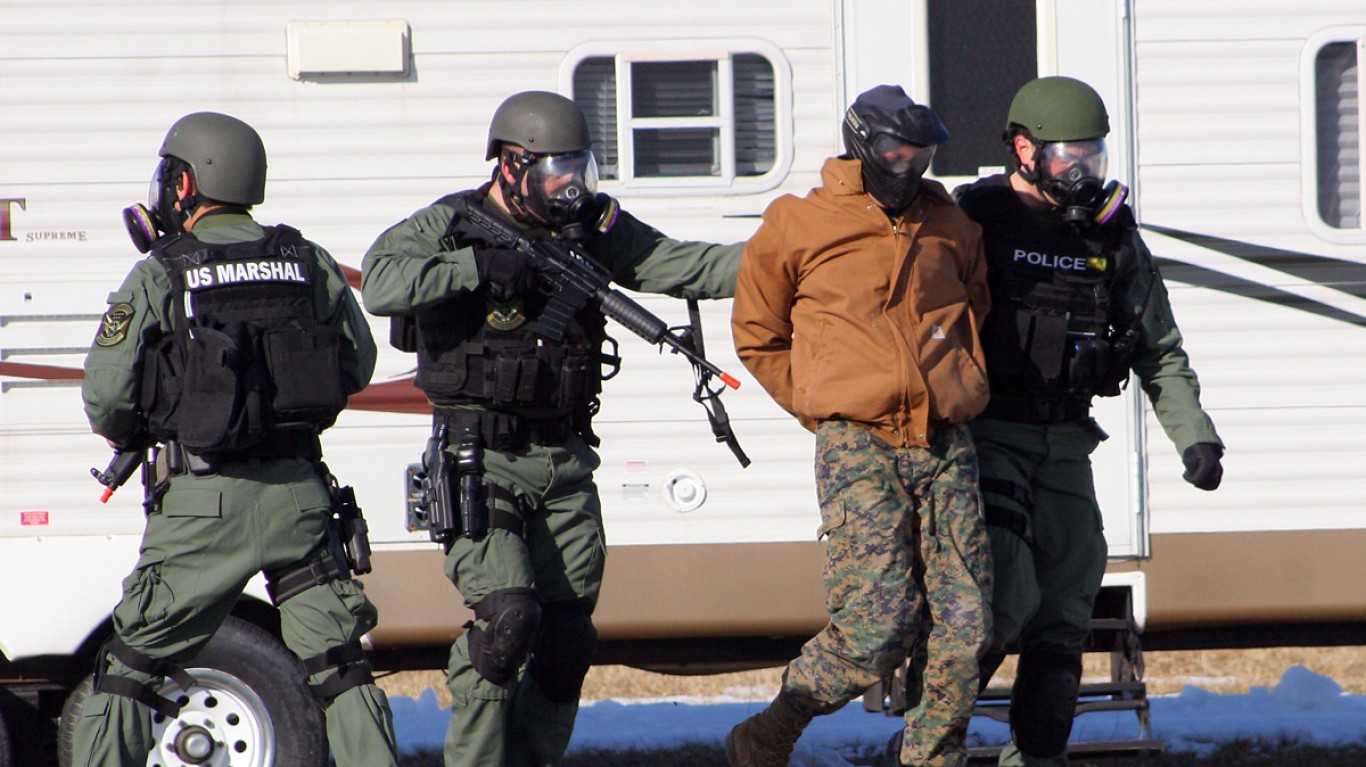
4. Early censuses were conducted by federal marshals.
[in-text-ad-2]

5. The 1790 Census only asked if you were a white man or woman, an other free person, or a slave.

6. By 1890, questions about race had only expanded to include Indian, Japanese, and Chinese.
[in-text-ad]

7. A Hispanic category was not included until 1980.

8. LA County is considered the hardest to count in the U.S.
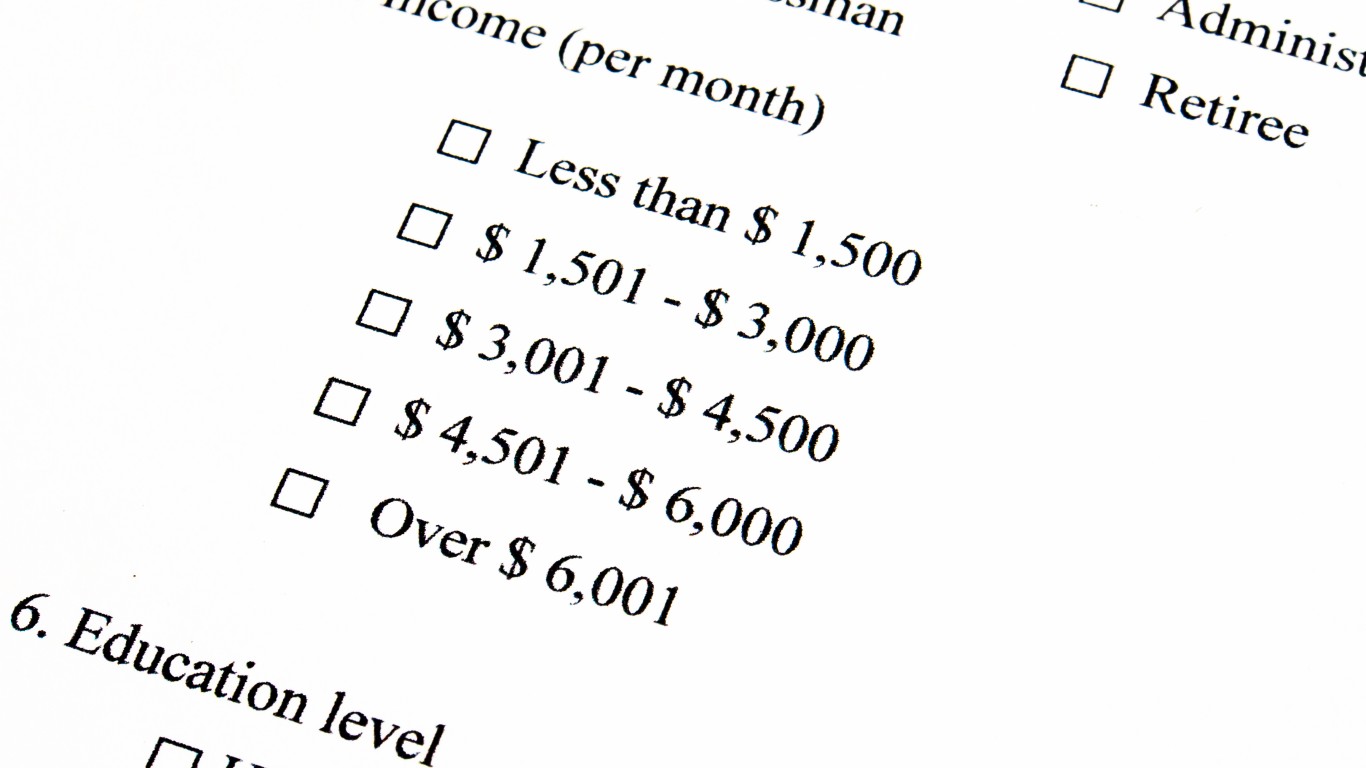
9. In 1790, the census included six questions. By 1920, the number rose to 34 questions but declined to 10 by 2010.
[in-text-ad-2]

10. The 1790 Census employed 650 workers.
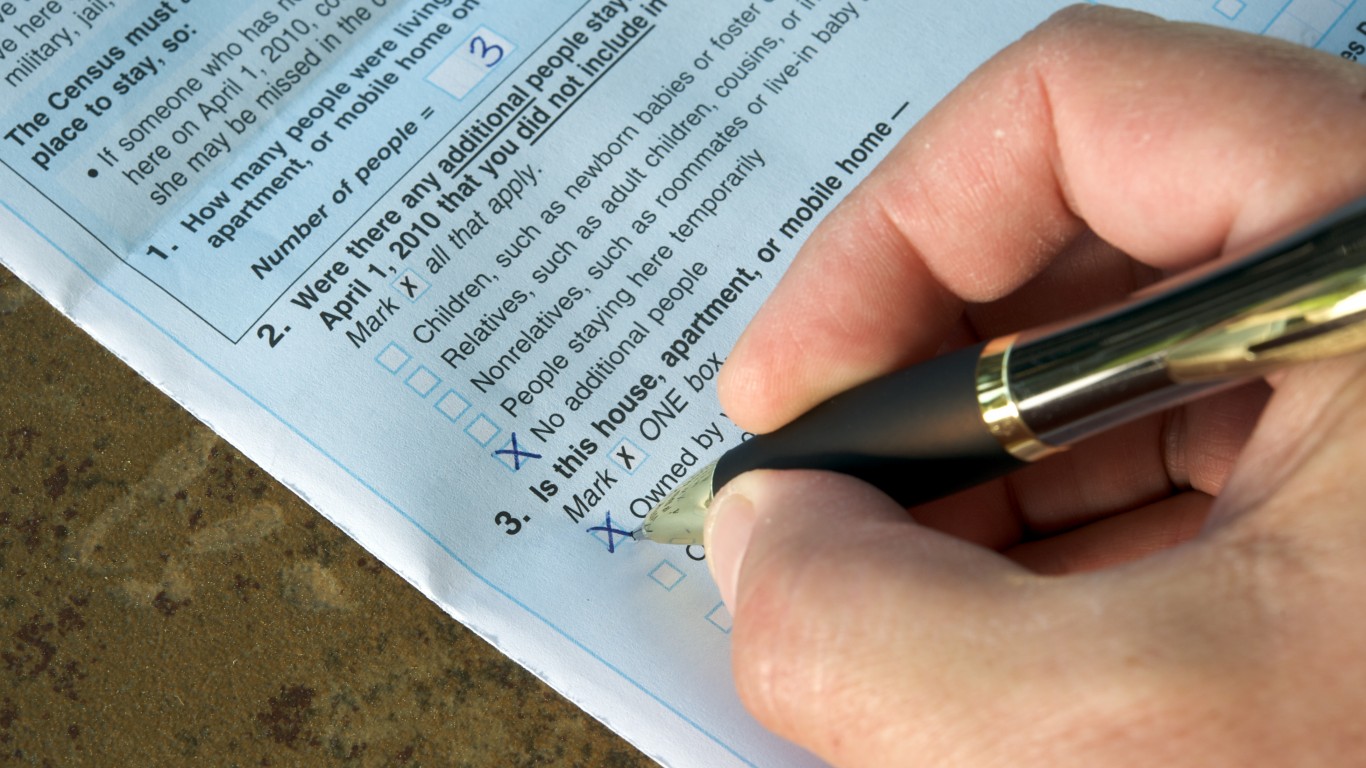
11. The 2010 Census employed 635,000 workers.
[in-text-ad]
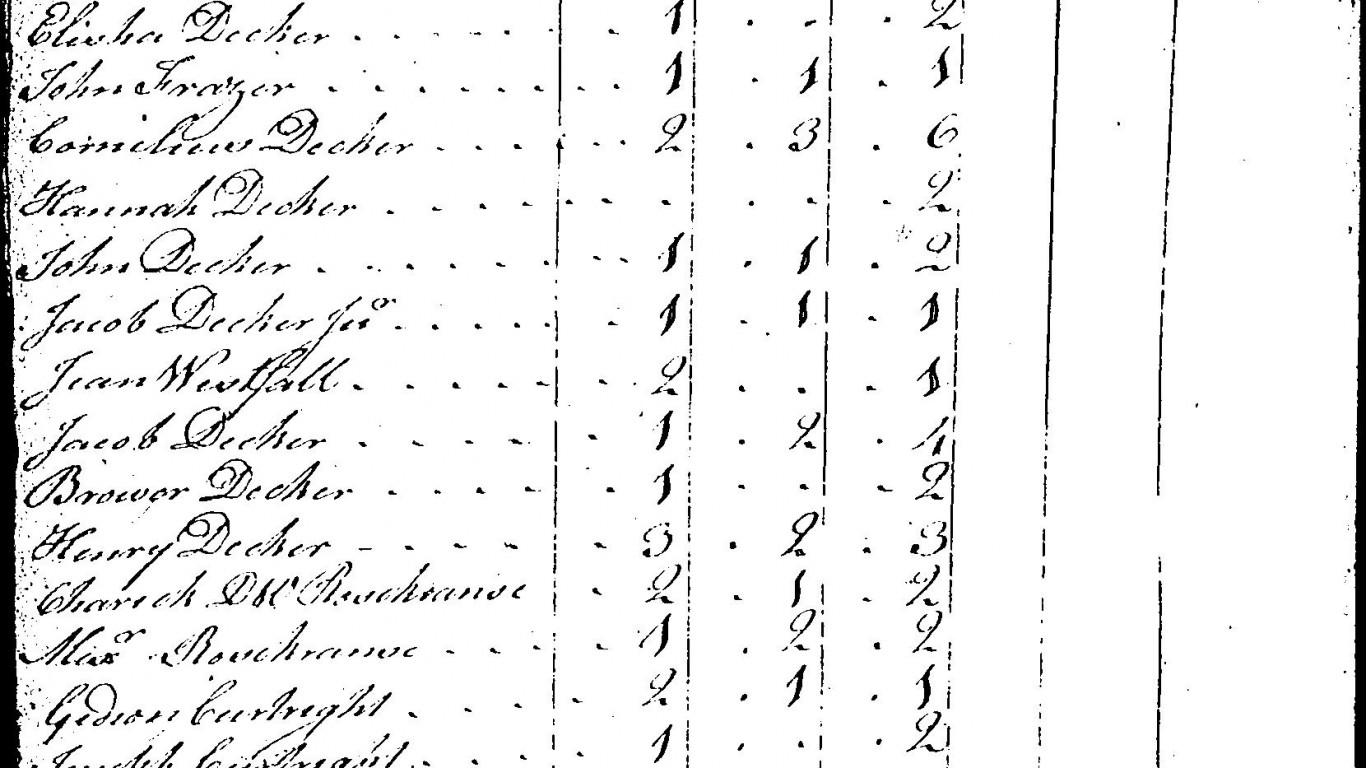
12. Conducting the first decennial census cost $44,000, or 1.1 cent per capita.
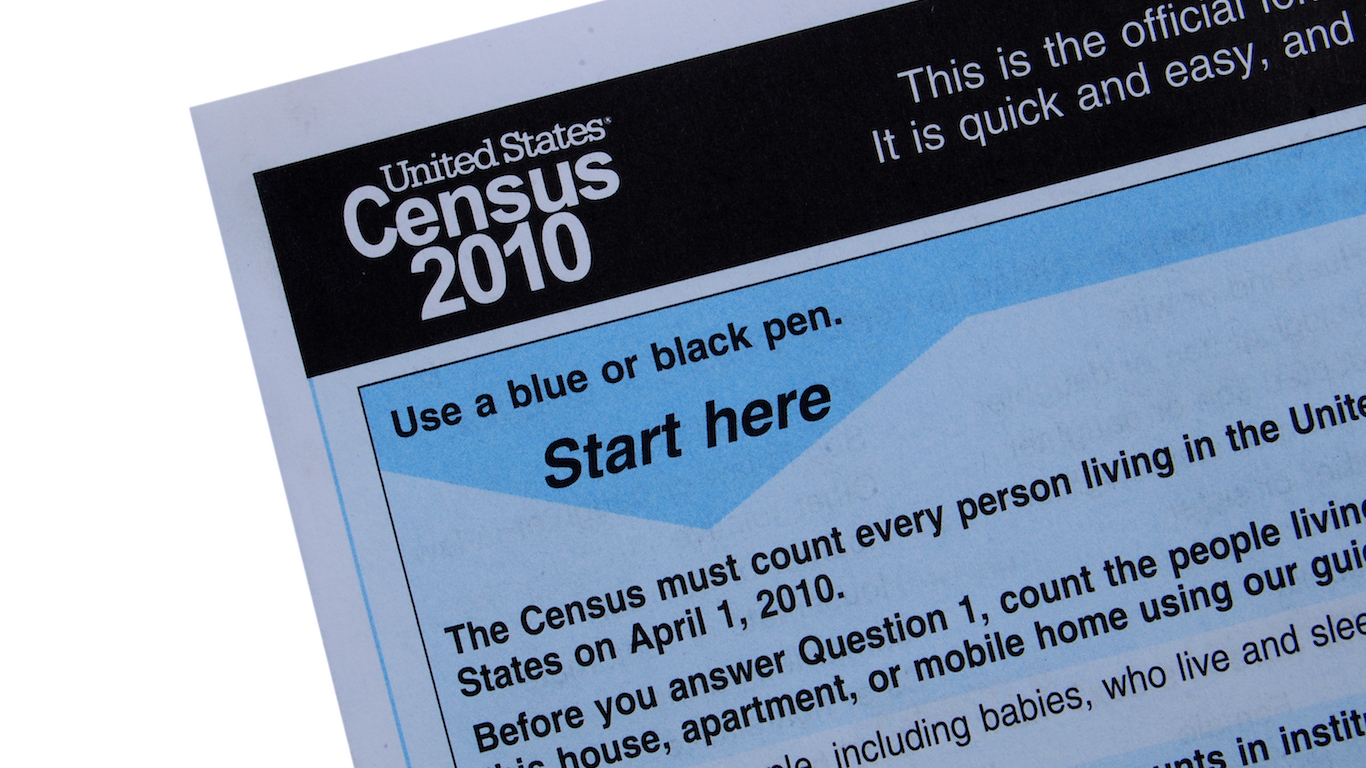
13. Conducting the 2010 Census cost $12.9 billion, or $47.78 per capita.

14. In the 1790 Census, Massachusetts was the third most populous state. Today, it is 14th.
[in-text-ad-2]

15. The 1790 Census counted less than 4 million people.

16. The 2020 population will likely be over 80 times the 1790 population.
[in-text-ad]

17. It took more than 7 years to process the 1880 count of 50 million Americans.
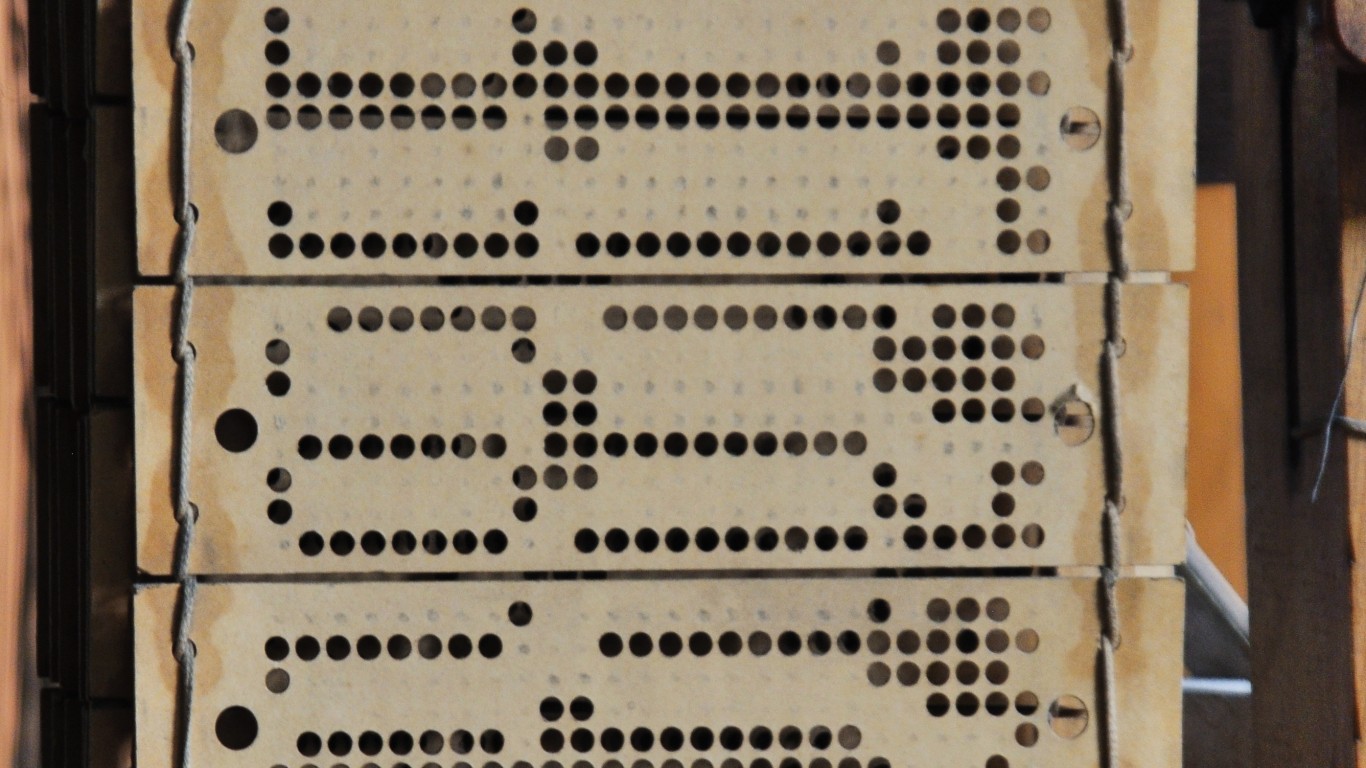
18. In 1890, a new punch card machine counted 63 million in less than a year, with 3 times as many questions.

19. Counting quickly allowed fast-growing states like Nebraska to add representatives in Congress.
[in-text-ad-2]
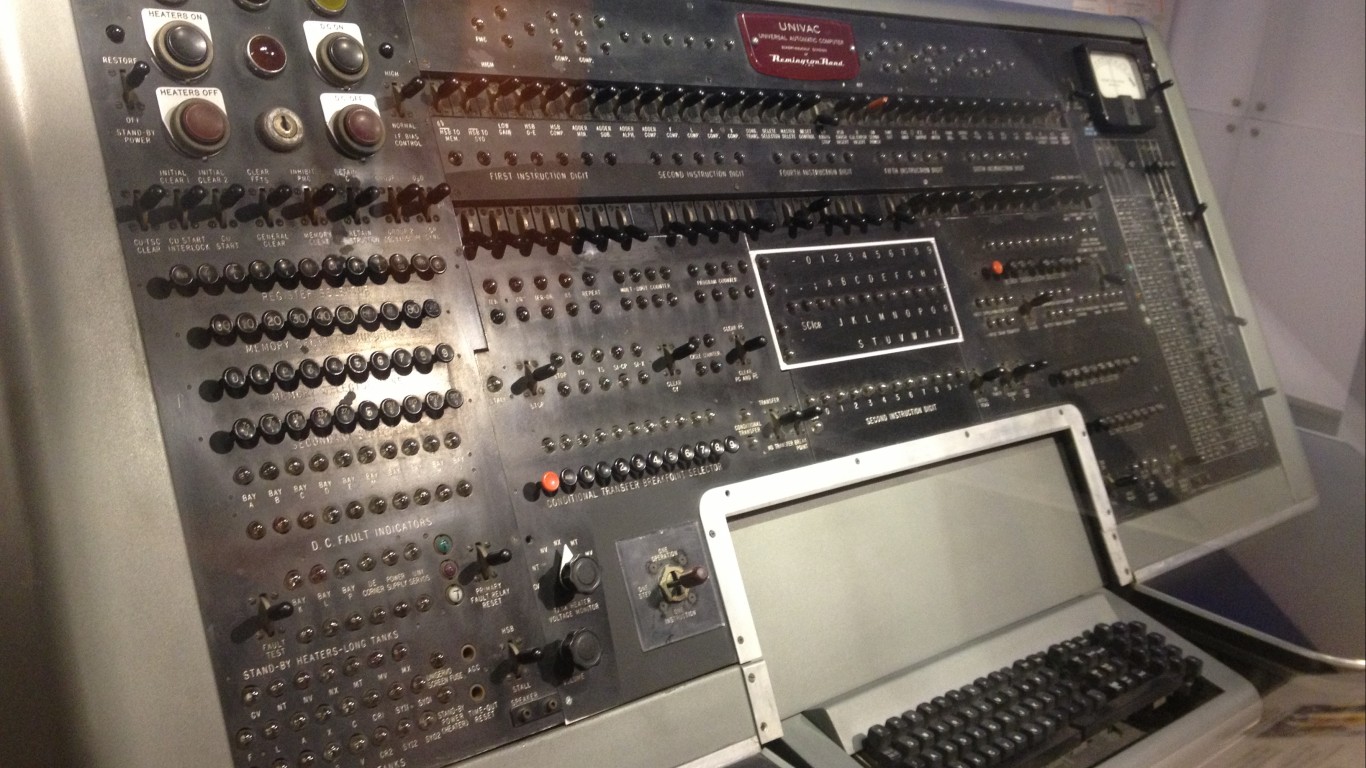
20. The first commercially available computer, UNIVAC 1, was built and first used for the census in 1950.

21. The 2020 Census will be the first to use aerial imagery to check census boundaries.
[in-text-ad]

22. The 2020 Census will be the first to urge people to respond online and over the phone.
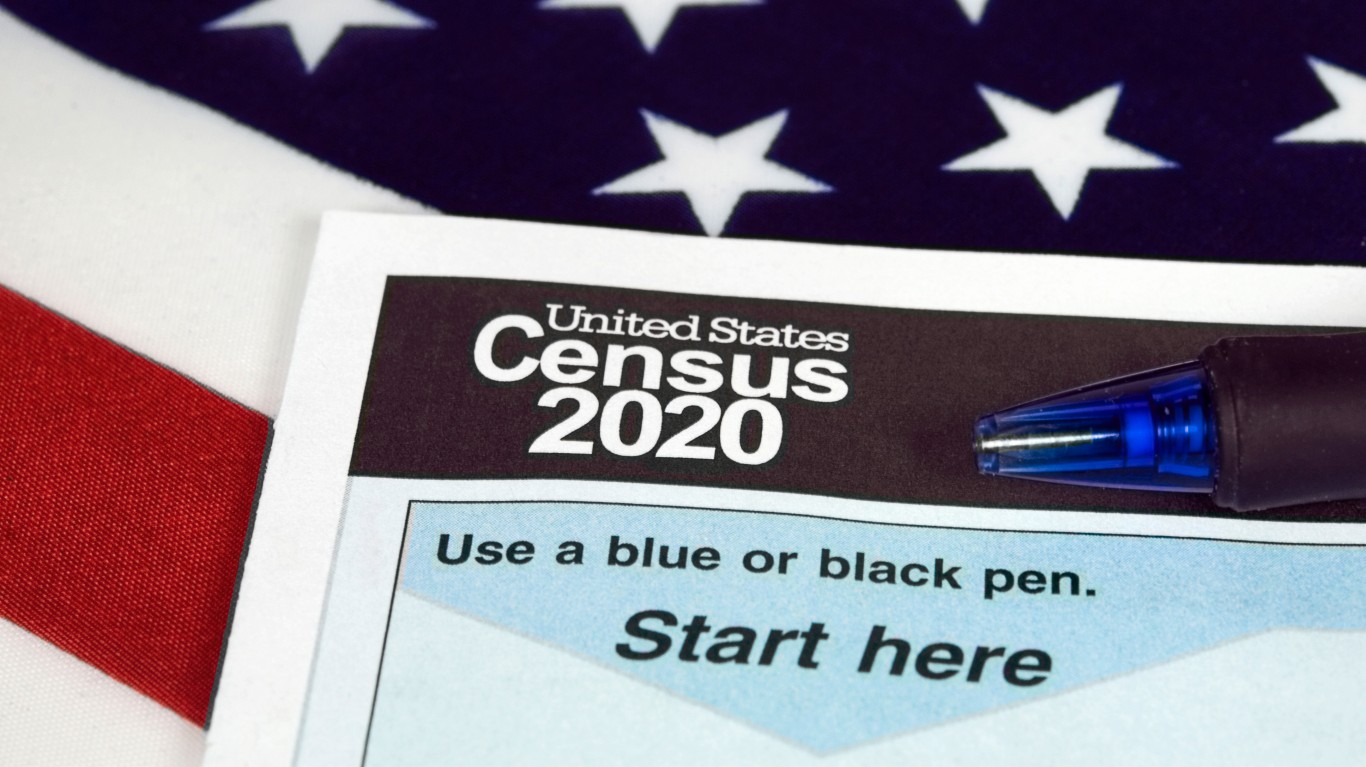
23. 2020 will be the first decennial census to use existing data already provided to the government.

24. The 2020 Census expects a 60.5% initial response rate.
[in-text-ad-2]

25. The 2020 Census is expected to cost $15.6 billion over 12 years.
Detailed Findings
The first census included just six questions. By the early 20th century, there were over 30 question. The most recent census had just 10. For the upcoming 2020 Census, the Trump Administration is seeking to include the question, “Are you a citizen?” That addition is being challenged, but if it stands, it will be the first time the question has been asked since 1950.
Many have viewed this move as an intimidation tactic, or even as a plan to learn of illegal immigrants, obtain census records illegally, and then deport them.
As part of our research, we spoke with Vincent Barabba, twice former director of the Census Bureau — from 1979 to 1981 and 1979 through 1981. Barabba remains the only director to have been appointed by both a Democrat and a Republican president.
Barabba expressed confidence that the current laws surrounding the confidentiality of information, as well as culture of the Census Bureau itself, would remain steadfast in the face of any demands by the administration to obtain records, citing several past incidents when government officials have attempted to access this information, to no avail.
He added, though, that the inclusion of this new question could have serious consequences on the response rate of many people living in the country. “When things are believed as real, they are real and have consequences. The law is pretty clear that no one other than Census employees can see the individual data, but that’s a hard one for some people to believe given everything else that is going on.”
Are You Still Paying With a Debit Card?
The average American spends $17,274 on debit cards a year, and it’s a HUGE mistake. First, debit cards don’t have the same fraud protections as credit cards. Once your money is gone, it’s gone. But more importantly you can actually get something back from this spending every time you swipe.
Issuers are handing out wild bonuses right now. With some you can earn up to 5% back on every purchase. That’s like getting a 5% discount on everything you buy!
Our top pick is kind of hard to imagine. Not only does it pay up to 5% back, it also includes a $200 cash back reward in the first six months, a 0% intro APR, and…. $0 annual fee. It’s quite literally free money for any one that uses a card regularly. Click here to learn more!
Flywheel Publishing has partnered with CardRatings to provide coverage of credit card products. Flywheel Publishing and CardRatings may receive a commission from card issuers.
Thank you for reading! Have some feedback for us?
Contact the 24/7 Wall St. editorial team.
 24/7 Wall St.
24/7 Wall St. 24/7 Wall St.
24/7 Wall St. 24/7 Wall St.
24/7 Wall St.



